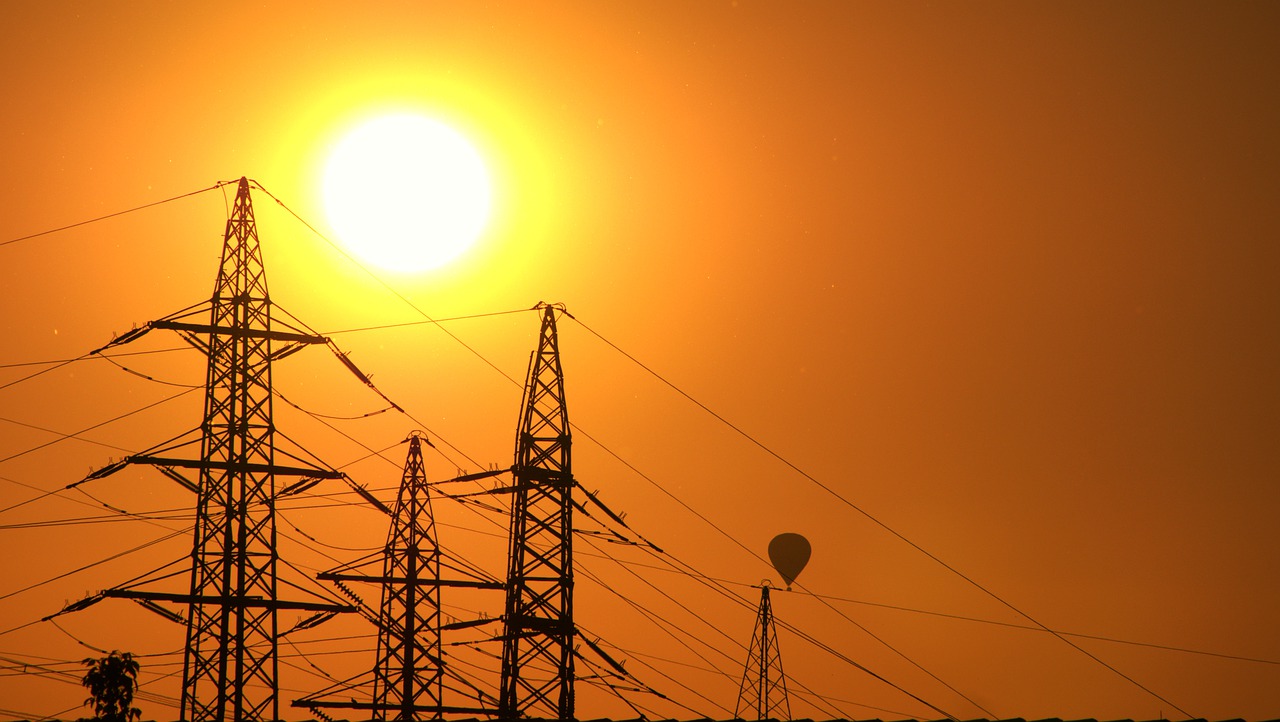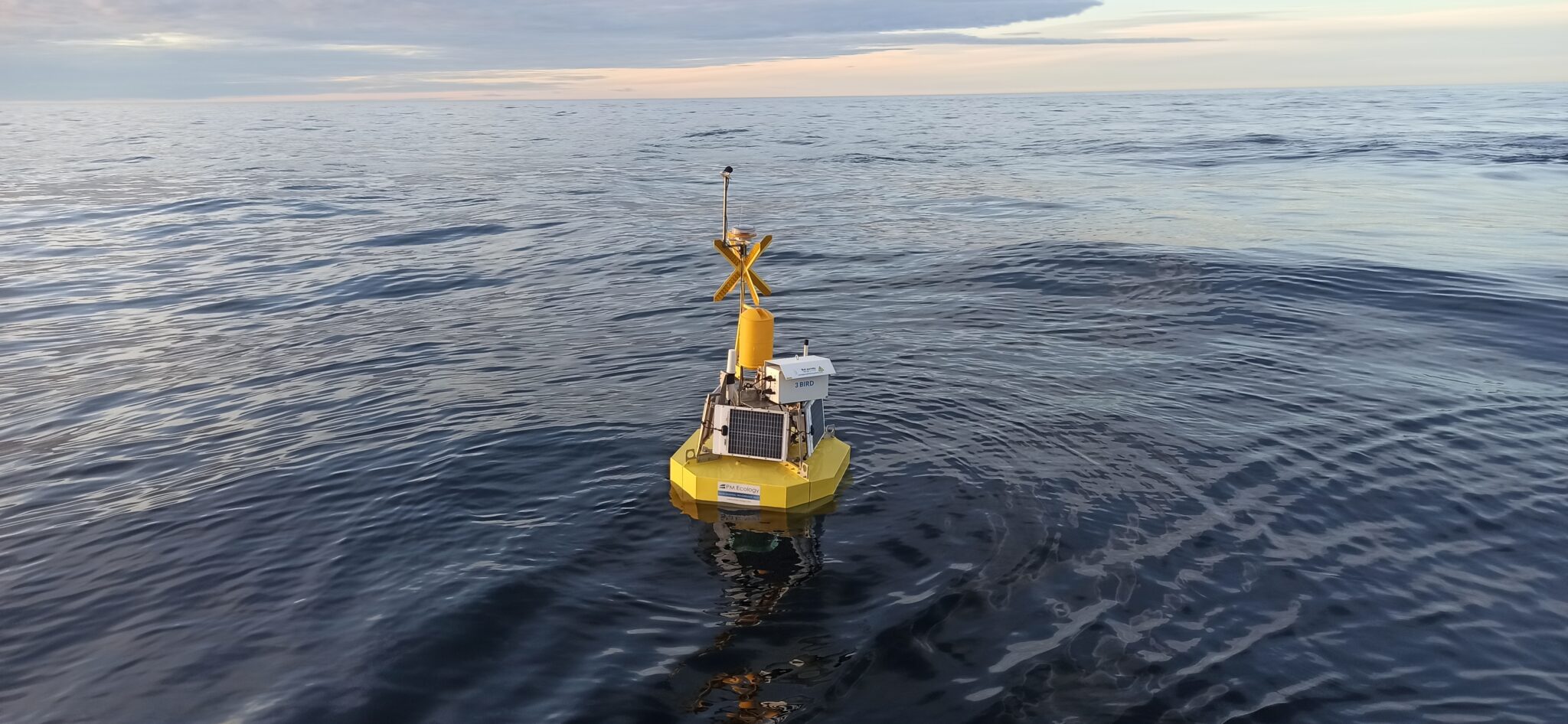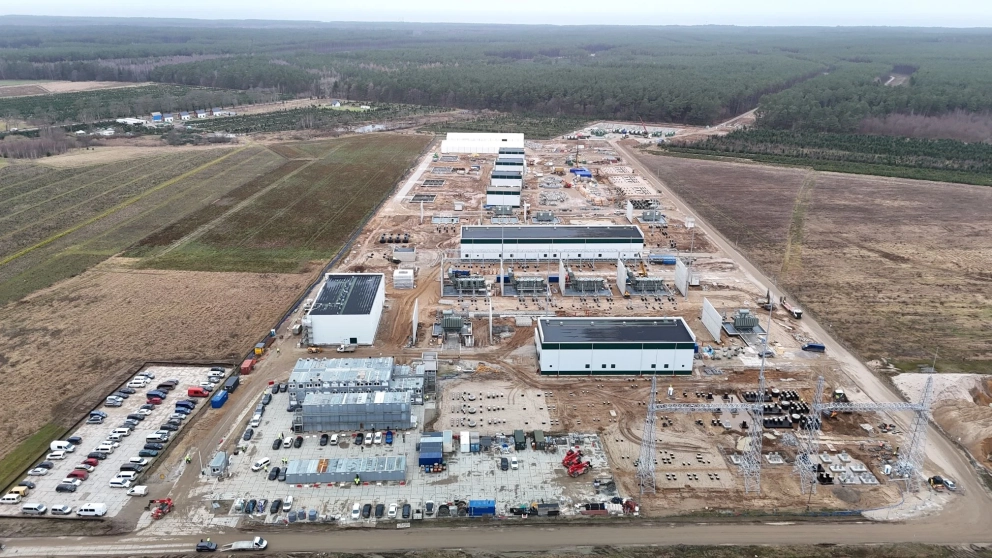Offshore wind continues to break new boundaries – WindEurope said in a statement. Europe has 120 offshore wind farms already. The EU wants much more and sees offshore wind producing around 20% of our power by 2050. The first 6 months of this year have seen some significant developments which give confidence that this can be achieved.
Europe built 1.3 GW of new offshore wind farms over January-June 2021. And 2.5 GW of new turbines were ordered, pointing to a doubling of the current build-out rate.
The turbines keep getting larger. This year’s newly installed turbines average 8-10 MW each. Orders are already being placed for 12-15 MW turbines. And construction has now started on the Dogger Bank wind farm which will have 14 MW turbines – one rotation of each turbine can power a household for 2 days. Dogger Bank will also be the world’s largest wind farm and, at 130-190 km from the coast the furthest out at sea and will use HVDC technology to transmit the power it produces.
Meanwhile, France has started building its first offshore wind farms. Construction has started at the 480 MW Saint-Nazaire wind farm where foundations are being installed. Saint-Brieuc has started preparatory works off the cost of Brittany. In the Mediterranean Port-La-Nouvelle is carrying out infrastructure works to build three floating wind farms. And France has just launched the world’s first auction for a large-scale floating wind farm.
The EU want offshore wind to become a whole Europe and not just a North Sea / Baltic affair. And that’s now happening. The foundations have arrived for Italy’s first offshore wind farm in Taranto. Spain has published an offshore wind strategy. And Greece is preparing legislation for its first offshore wind auctions next year. Meanwhile the Polish Government has signed contracts with developers for its first 6 GW of offshore wind farms, which should start operating from 2026.
Europe is also about to open the world’s first offshore wind farm that’ll have grid connections to 2 countries. Kriegers Flak in the Baltic, which will be connected to both Germany and Denmark, opens on 6 September.
And concrete plans for the production of renewable hydrogen with offshore wind is also starting to take shape. As Ørsted plans to build a 1 GW electrolyser in its SEAH2LAND project. This electrolyser should be linked to a new 2 GW offshore wind farm in the Dutch North Sea and should be producing hydrogen by 2030.
WindEurope CEO Giles Dickson said: “Offshore wind is already 3% of Europe’s electricity and is set grow rapidly. Turbines are getting bigger and more powerful. And more and more countries are building offshore wind farms and committing to develop them as costs fall – offshore wind is becoming a whole Europe affair. Europe continues to lead on the technology, including on floating wind where France is running the world’s first auction. And we’re innovating on the integration of offshore wind into the energy system, with the world’s first wind farm connected to 2 countries, and investments happening in offshore wind to hydrogen.”
Governments need to keep engaging proactively to keep all this progress on track. On their regulatory frameworks, auctions, grid planning, the build-out of the supply chain – and to ensure the happy co-existence between rapidly expanding offshore wind and all the other social and economic interests in the maritime space. Governments across Europe have now between them committed to have 111 GW of offshore wind in operation by 2030. Delivering this requires continued huge effort from governments, regulators, industry and all the other stakeholders.
Source: WindEurope














